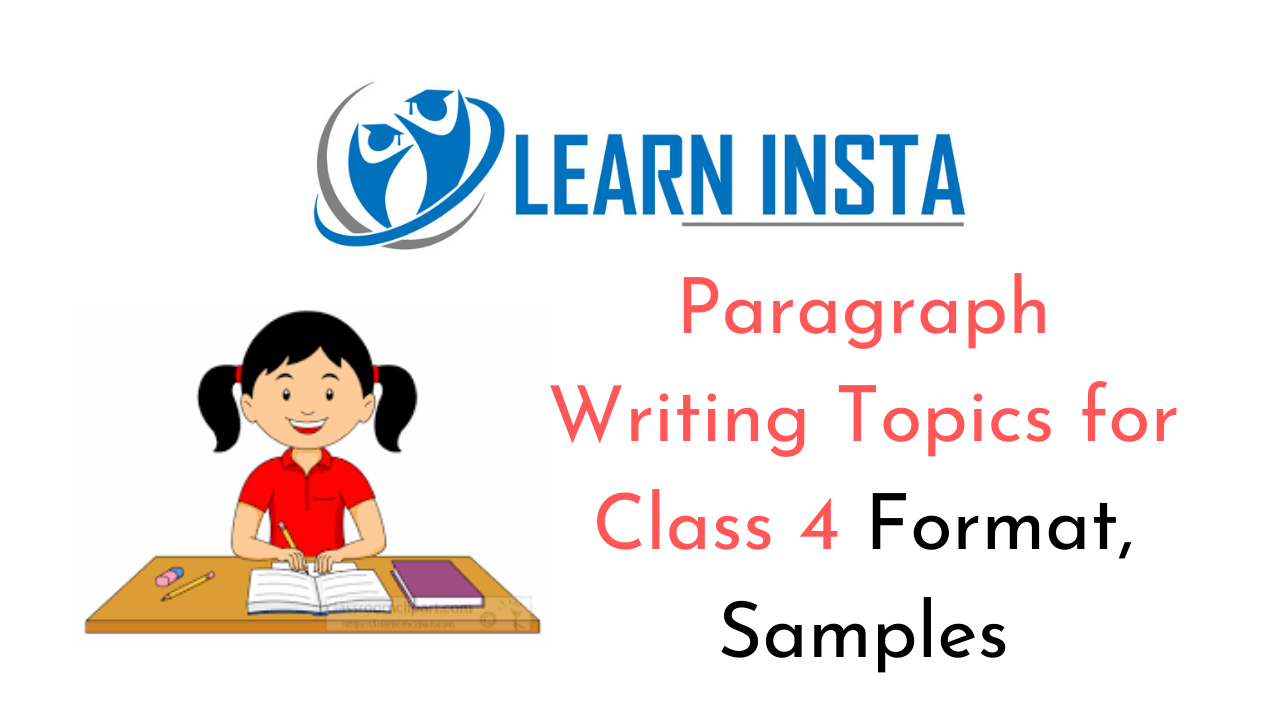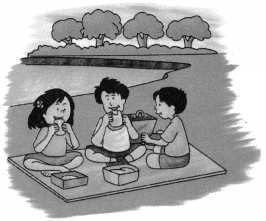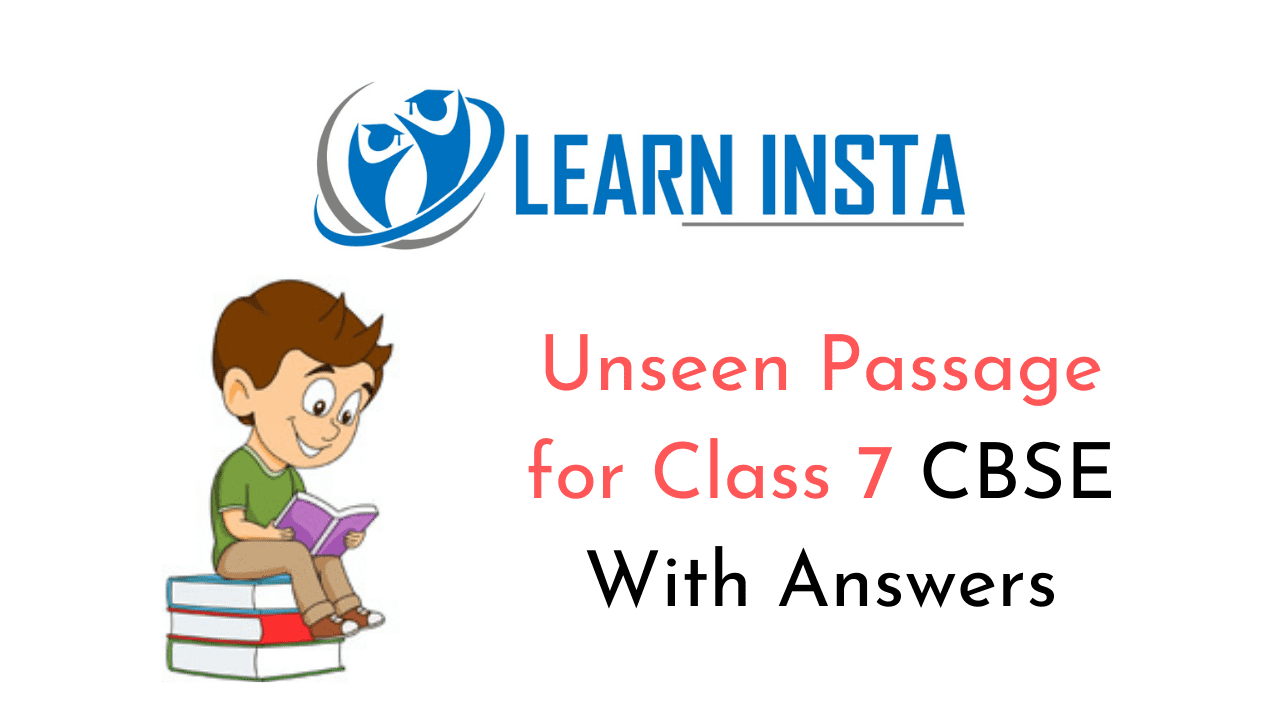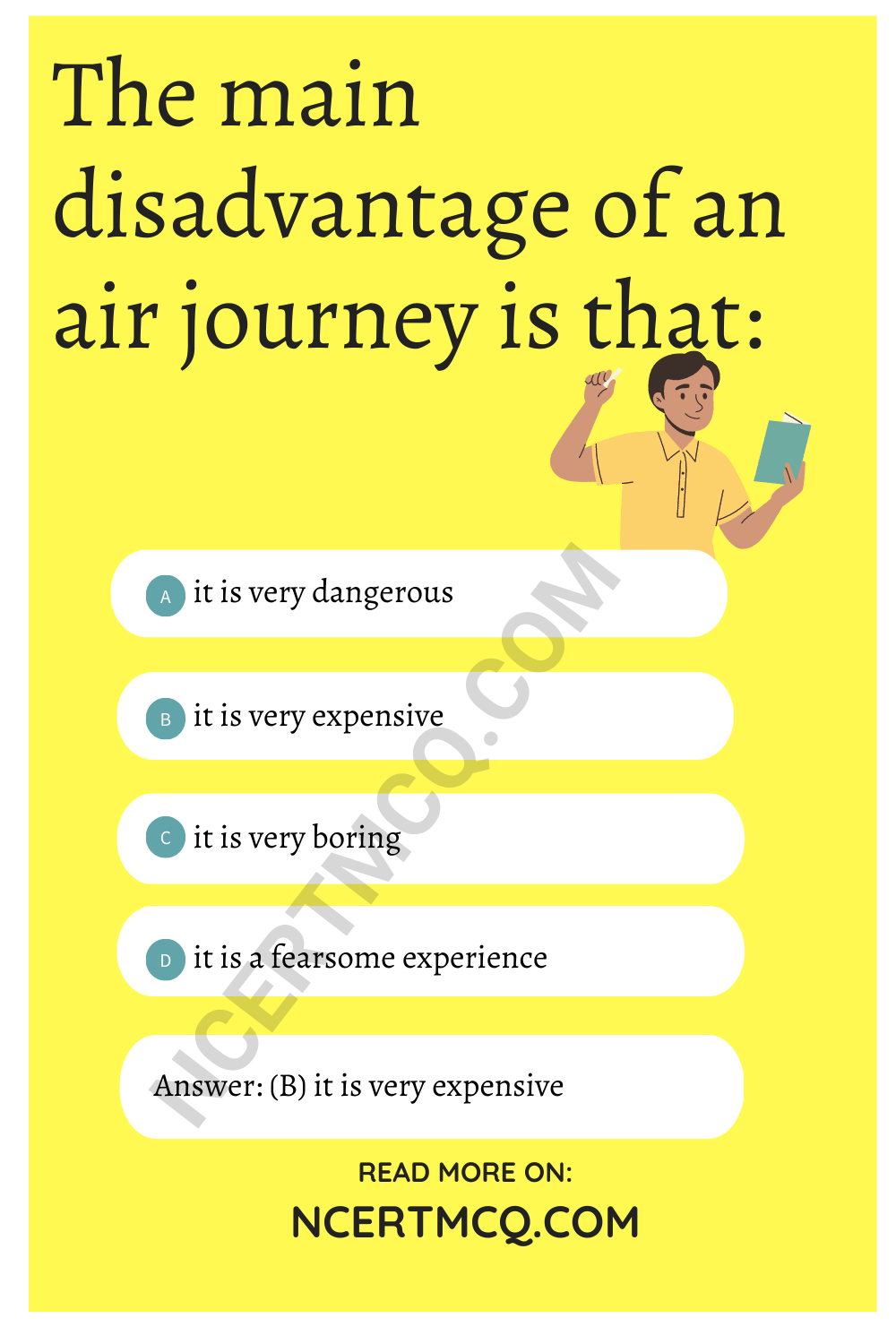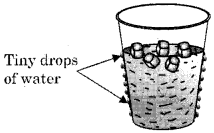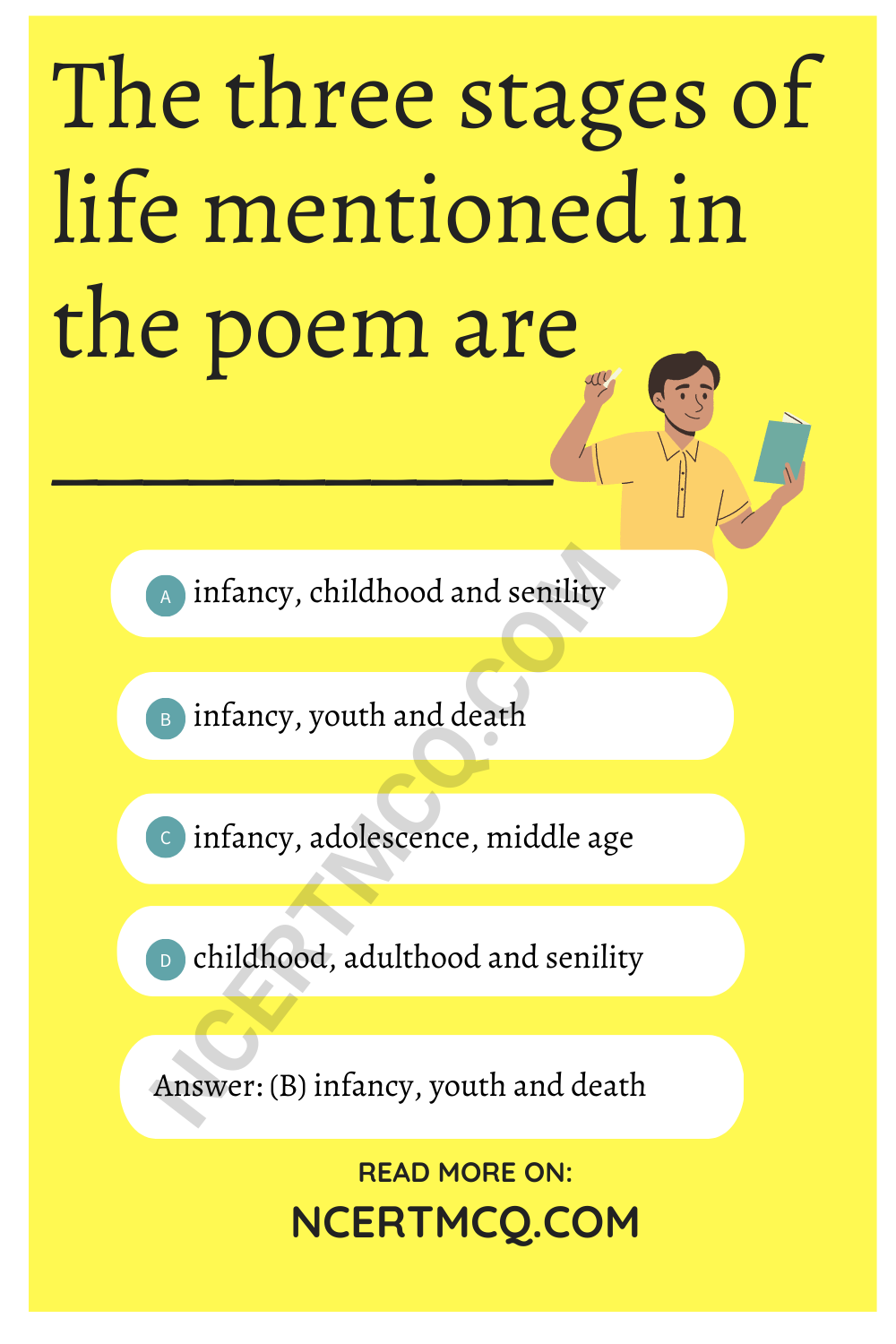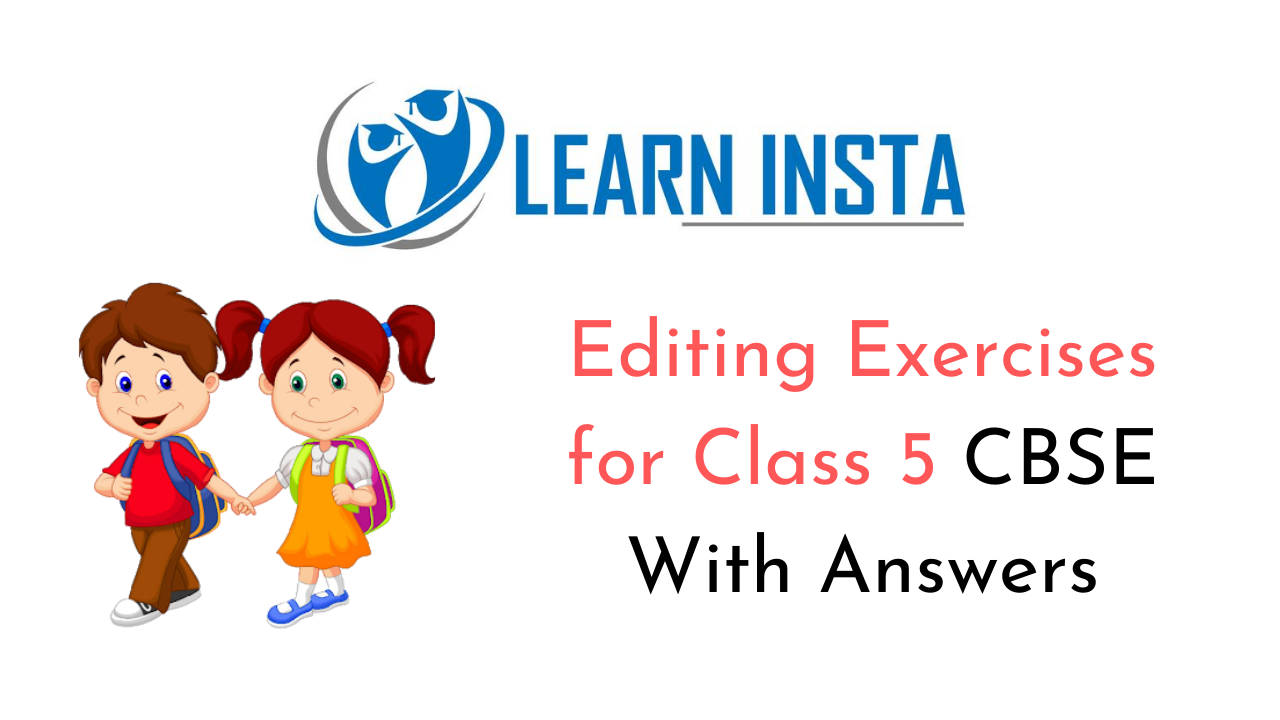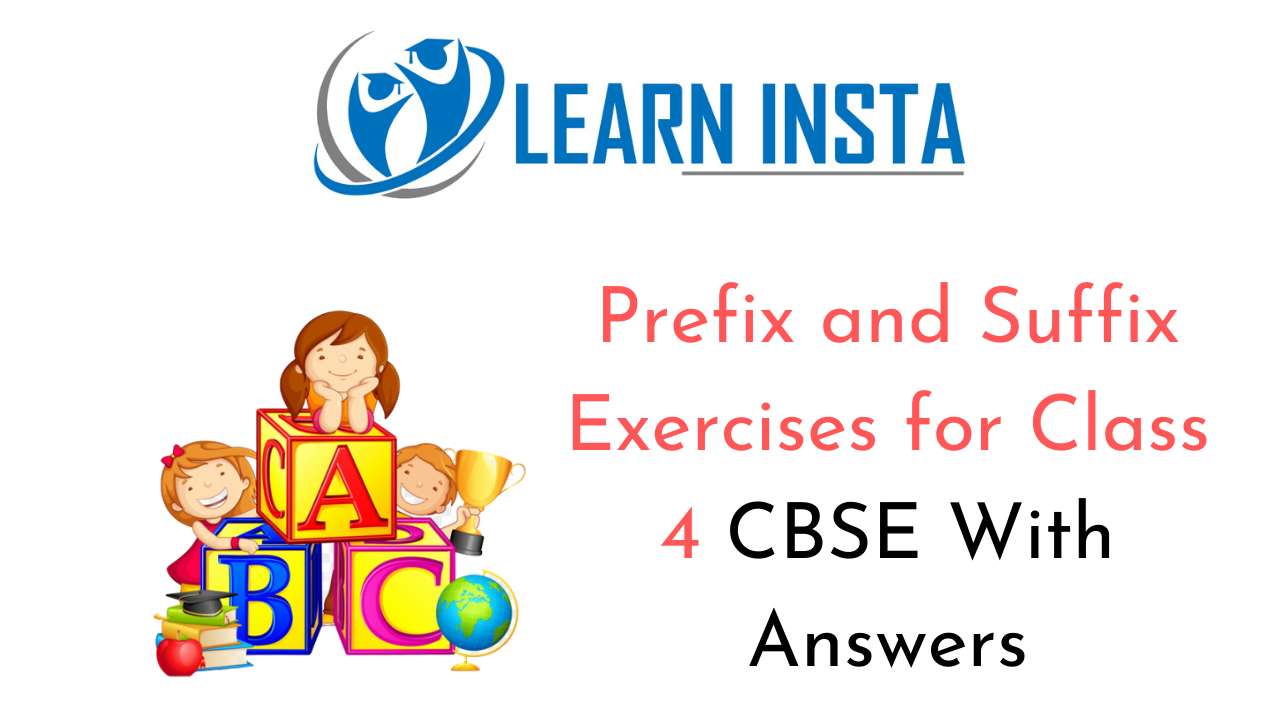
This grammar section explains English Grammar in a clear and simple way. There are example sentences to show how the language is used.
Prefix and Suffix for Class 4 CBSE Format, Topics, Examples, Samples PDF
A prefix is a letter or a group of letters that appears at the beginning of a word and changes the word’s original meaning.
An easy example would be the word ‘prefix’ itself! It begins with the prefix pre-( which means ‘before’.
Some prefix words are as follows.
| Prefix | Meaning | Example |
| Dis- | Not | Dislike |
| Im- | Not | Impossible |
| In- | Not | Inactive |
| Mis | Incorrectly | Mis-understood |
| Pre | Before | Prepay |
| Re | Again | Redo |
| Un | Not | Untied |
Prefix and Suffix Exercises with Answers for Grade 4 CBSE PDF
A. Add a prefix to each word in brackets to complete the sentences.
1. Rita was ___________ to visit her friend because she had a lot of homework to do. (able)
2. Thomas’ teacher told him to ___________ his essay, (write)
3. He had spelled dozens of words ___________. (correctly)
4. Mrs. Saluja was ___________ with the low Social Studies test scores, (happy)
5. Christian ___________ his jacket when he came inside the house. (buttoned)
6. Please help you mother ___________ the groceries from the car. (load)
B. Write a single word with dis- or un- as a prefix to complete each sentence.
1. My shoe is ___________. (not tied)
2. Sumit ___________ with Amit. (does not agree)
3. Anne is ___________ to beat me in the video game, (not able)
4. Mohit ___________ his parents, (does not obey)
5. Mrs. Mathur said that she did not want ___________ works to be handed in. (not finished)
C. Write single words with prefix having the same meaning as the words given below.
Example:
to pay back – repay
1. not polite – ___________
2. charge again – ___________
3. not safe – ___________
4. spell wrong – ___________
5. behave badly – ___________
6. tie again – ___________
D. Highlight the prefix in each word. Then write a definition for each word.
Example:
refill – to fill again
1. unusual – ______________________
2. misunderstand – ______________________
3. reheat – ______________________
4. preview – ______________________
Suffix Exercises for Grade 4
A suffix is a letter or a group of letters that is added at the end of a word.
Depending on whether it is a noun, verb, adjective or adverb, a different suffix would be required. For example, the verb ‘read’ can be altered to become the noun ‘reader’ by adding the suffix- ‘er’. The same verb can also be turned into the adjective ‘readable’ by adding the suffix- ‘able’.
(As an adjective) The suffix -ful means full of.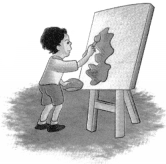 Rohan takes his time and paints with care. Rohan is a careful painter. |
(As an adjective) The suffix -less means without.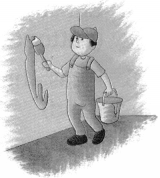 Jimmy paints in a hurry. Jimmy is a careless painter. |
| The suffixes -er, -or, and -ist mean “the person who.” sail + or = sailor A sailor is a person who sails boats. bake + er = baker A baker is a person who bakes. bicycle + ist = bicyclist A bicyclist is a person who rides a bicycle. |
|
| The suffixes -tion, -sion and -ment are usually used to change verbs into nouns. Examples: Verb – Suffix – Noun to cancel – tion – cancellation to expand – sion – expansion to advertise – ment – advertisement |
|
Prefixes and Suffixes Exercises with Answers Pdf Grade 4 CBSE PDF
A. Write a single word with -ful or -less to complete each sentence.
1. I am ___________ to have such a loving parents, (full of thanks)
2. Sahilsawa ___________ cat wandering around town, (without a home)
3. Reena, you look ___________ in that dress, (full of beauty)
4. The squirrels in the backyard are ___________. (without harm)
5. Did you see the ___________ rainbow in the sky? (full of colour)
B. Unscramble the letters in brackets to make a word with a suffix. Write the word on the line next to each sentence. Be sure each word is spelled correctly.
1. Sandy likes to draw and paint pictures. He is an ___________ (i t r a t s)
2. Sara travels around the world. She is a ___________ ( a e r v r t e I)
3. Gagan won the contest. He is the ___________ ( n e w r n i)
4. Sunny Deol is a movie star. He is an ___________ ( c o a r t)
5. Anjali enjoys reading novels. She is an avid ___________ ( e a r r d e )
6. Reena just got a license to operate a car. She is a safe ___________ (r v e d r i)
7. Dr. Paul studies science. He is a ___________ ( c n e s s i i 11)
8. Ms. Pooja arranges flowers for a living. She is a ___________ (r i t f s I o )
9. Rehaan plays the piano. He is a ___________ (i i p n a t s )
C. Add the correct suffix (-tion,-sion,-ment) to each verb to make a noun.
Educate ___________ Subtract ___________ Persuade ___________
Protect ___________ Decide ___________ Suggest ___________
Ship ___________ Pay ___________ Amuse ___________

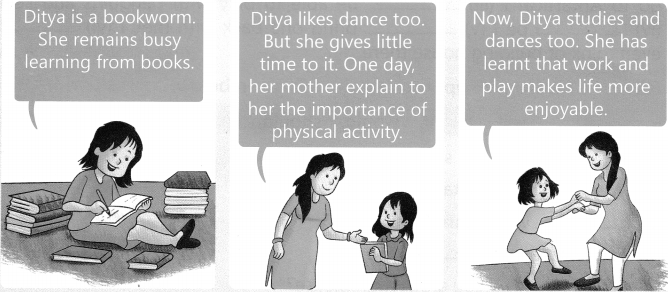
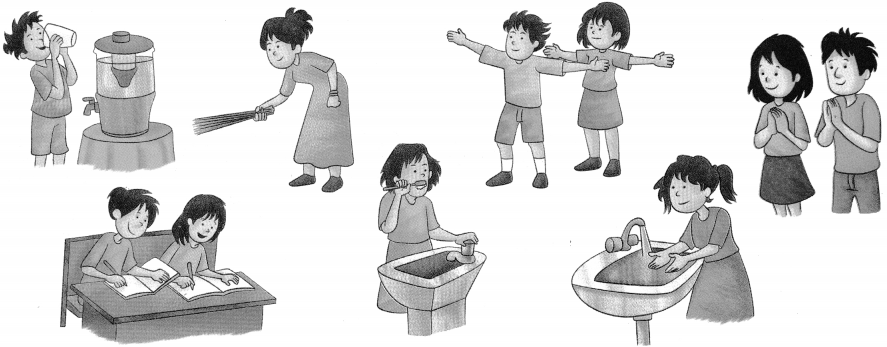

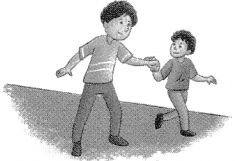





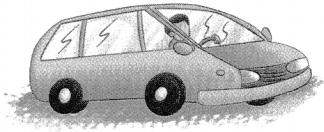
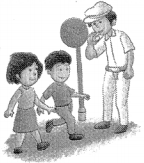
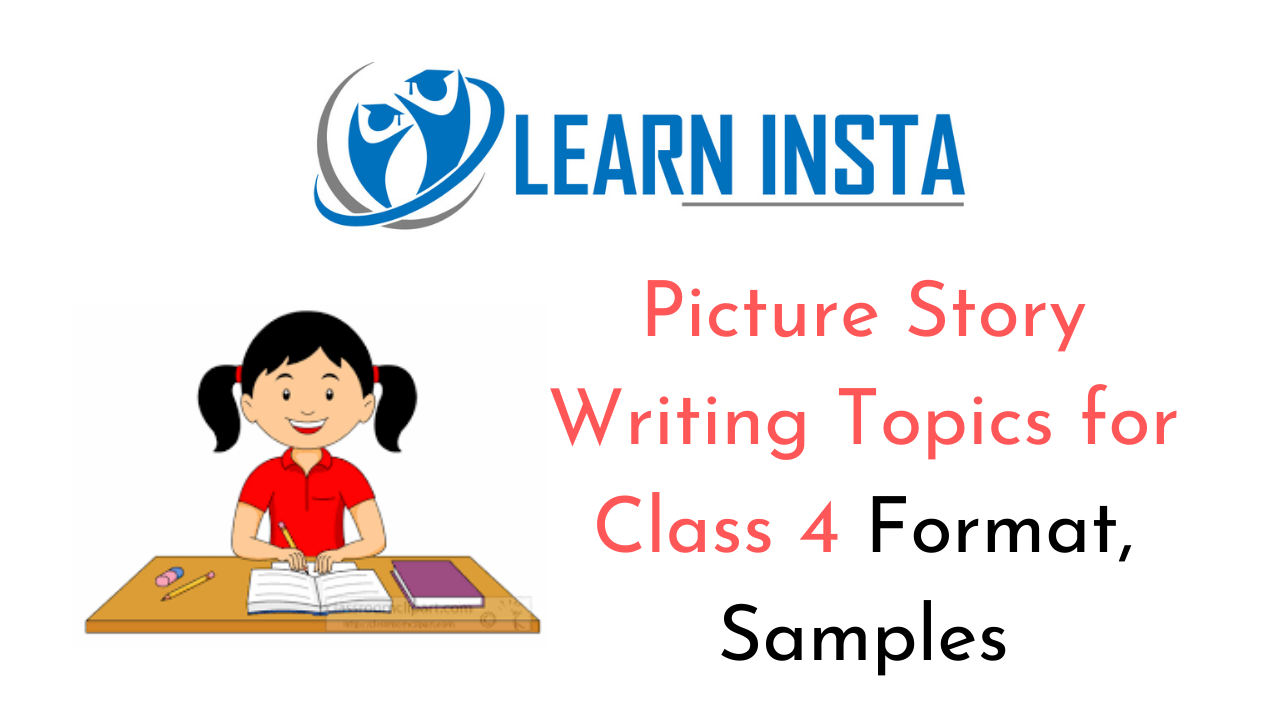 This grammar section explains
This grammar section explains 
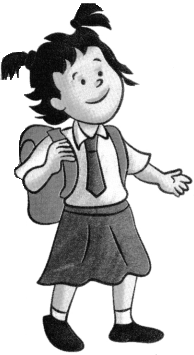

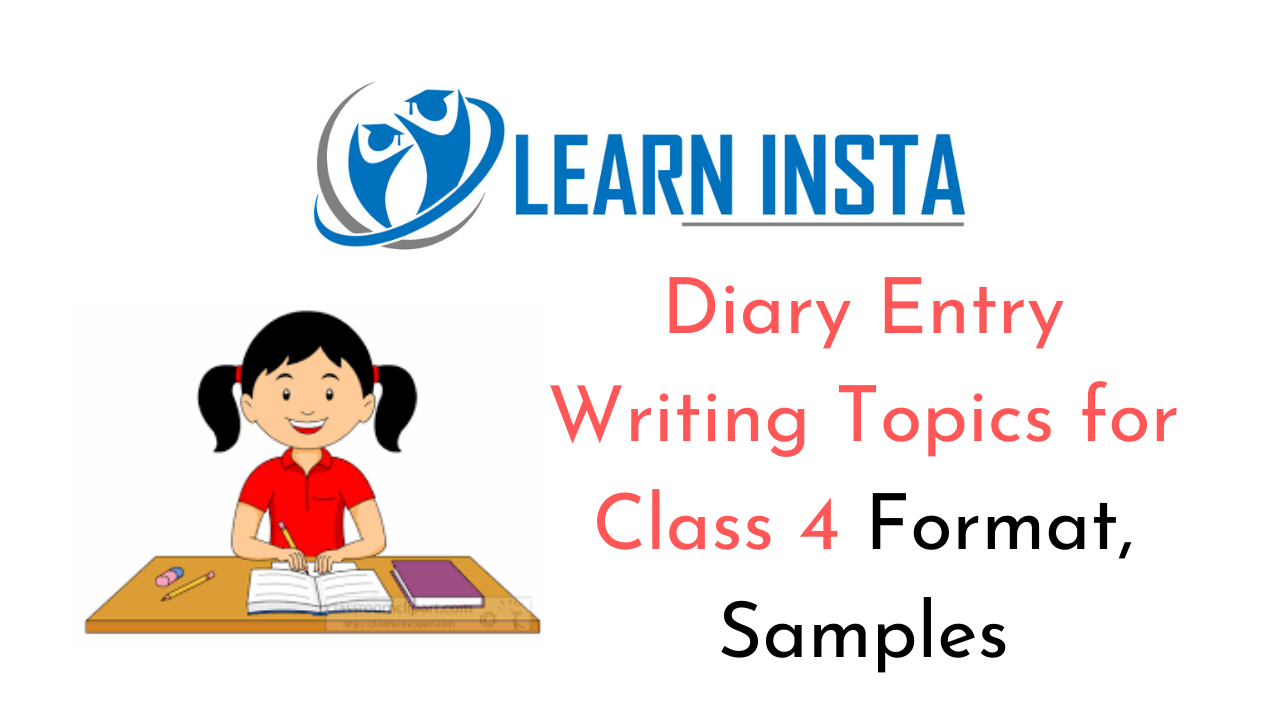 Diary writing is the writing down of events, transactions and observations in a highly personalized manner. It is wrapped around creative thoughts and is basically the outpouring of what one feels or has experienced with regard to a particular stimulus. A diary can be written on a daily basis or at intervals, depending on the inclination of the writer.
Diary writing is the writing down of events, transactions and observations in a highly personalized manner. It is wrapped around creative thoughts and is basically the outpouring of what one feels or has experienced with regard to a particular stimulus. A diary can be written on a daily basis or at intervals, depending on the inclination of the writer. Time: _____________
Time: _____________
 Time: _____________
Time: _____________
